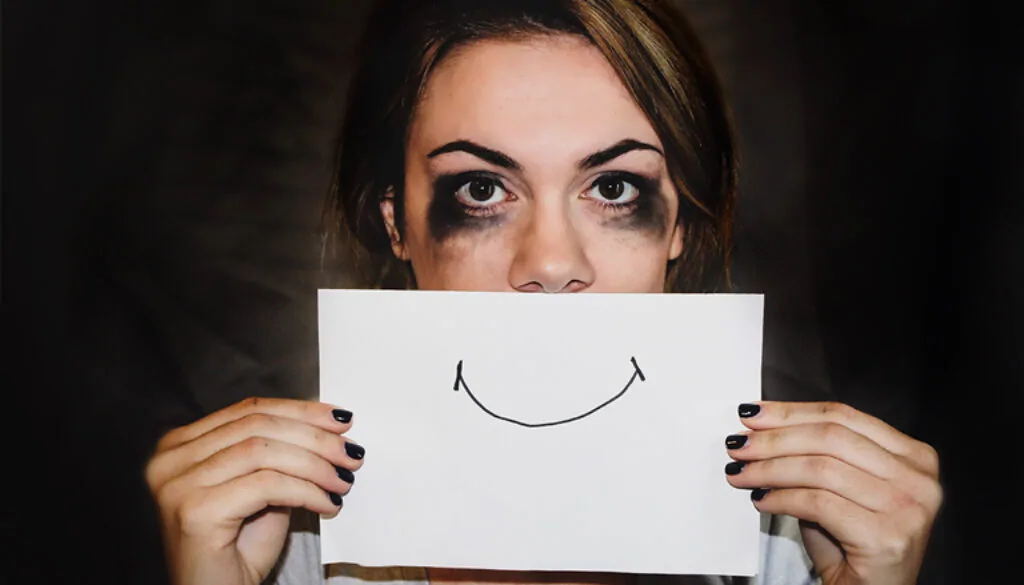Types of Depression Fact Sheet
One in five individuals during their lifetime will experience some form of depression, and it is the world’s leading cause of disability. The good thing is depression can be treated and doesn’t have to become a lifelong sentence.
Depressive symptoms and disorders exist in many forms and treatment for depression also is available.
Different Types of Depression
Major depression— severe signs that conflict with working, resting, learning, feeding, and enjoying life. An episode can occur only once in a person’s lifetime, but more often, a person has several episodes. When you are experiencing major depression it affects all areas of your life and it becomes difficult to cope without treatment.
Persistent depressive disorder— depressed condition lasts for a minimum of 2 years. A person diagnosed with chronic depressive disorder may have major depression spells along with less severe symptoms, but symptoms must last for 2 years or more.
Slightly different forms of depression, may develop under unique circumstances include:
- Psychotic depression, that happens when a person has severe depression with some form of psychosis such as an unsettling false belief or breaking from reality (delusions), or hearing or seeing disturbing things other people can’t hear or see (hallucinations).
- Postpartum depression, is much more extreme than the “baby blues” felt by many women following birth, as hormonal and physical changes and the new responsibility of caring for the child may be overwhelming. It is estimated that after giving birth, 10-15% of women experience postpartum depression.
- Seasonal affective disorder (SAD) marked by depression in the winter months when less natural sunlight exists. In spring and summer, the depression and sadness normally disappears. SAD can be handled successfully with light therapy, but with light therapy alone, nearly half of those with SAD are not getting better. Antidepressant drugs and psychotherapy may reduce the symptoms of SAD, either alone or in conjunction with light therapy.
Bipolar disorder— also called manic-depressive illness, is not as common as major depression or persistent depressive disorder. Bipolar disorder is characterized by variations in alternating mood — from severe elevations (e.g. mania) to extreme lows (e.g. depression).
Dysthymia — less extreme form of depression, dysthymia (or dysthymic disorder), entails long-lasting symptoms that do not impair severely, but prevent one from functioning well or feeling good.
(National Institute for Mental Health)
Contact me for a complimentary call to find out more about treatment for depression .

